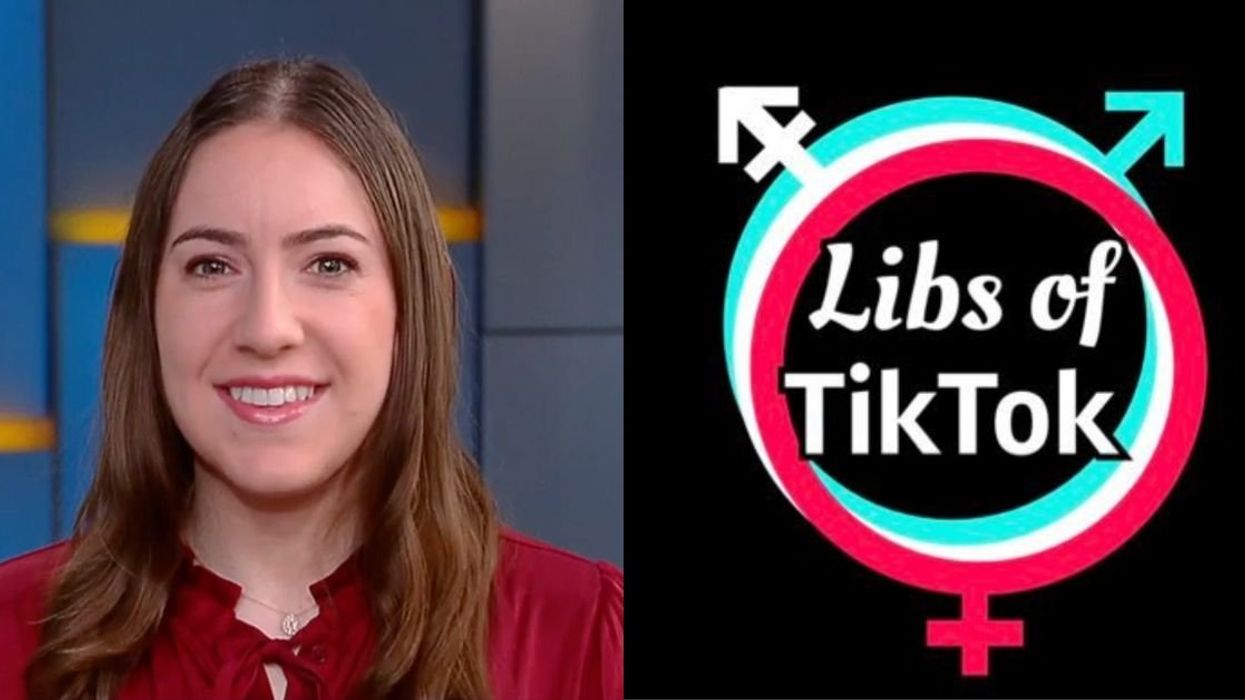You know what they say, "no good deed goes unpunished"—and that might just be true when it comes to some of our recent environmental movements.
In the last few years there's been a dramatic push for restaurants and other vendors to provide their customers with paper and other eco-friendly straws for their drinks instead of plastic ones, due to the needs of the environment. Plastic straws take years to break down and are harmful to the wildlife who encounter them and sometimes try to eat them.
Since paper straws break down in as little as six months and also go limp in the water, making them more easily digestible if an animal attempts to eat them, these new straws seemed like a pretty fair solution.
There are, however, concerns about these new straws—anywhere from basic annoyance at how flimsy they often are to them being a less accessible option for people with disabilities who need sturdy straws for food and drink consumption.
But it turns out these concerns about straw functionality are far from the only concern people should be having.
Dr. Josh Redd recently pointed out on TikTok that these straws are potentially much more harmful in nature than the previous plastic ones—for humans at least—because of how they're made.
You can watch the first video here:
@drjoshredd #drjoshredd #autoimmunedisease #toxins #toxicproducts #glutenfree #antiinflammatory #functionalmedicine #autoimmunity #healthtok
In a second video, the doctor went on to explain that this was due to the harsh chemicals used in the straws to prevent them from falling apart.
He refers to these as "forever chemicals," and while paper straws will go limp in water and eventually dissolve, it happens much more slowly due to the chemicals.
It also calls into question how much of these chemicals we're absorbing while drinking through these straws. People have complained about the "texture" of the water they drink and of pieces of their straw breaking off into their mouths, and for good reason.
How much of that was harmful?
You can watch the second video here:
@drjoshredd Paper and bamboo straws contain “forever chemicals” called PFAS PFAS are chemicals that help make straws more waterproof PFAS linger almost permanently in air, water, and soil Paper straws are the most likely to have PFAS, followed by bamboo and plastic PFAS are found in plant-based straws, too PFAS are linked to low birth weight, high cholesterol, thyroid disease, and an increased risk of kidney and liver cancers While one straw is a small exposure, it’s part of the larger toxic soup that is modern life, and PFAS accumulate in the body The solution? Stainless steel straws are the most non-toxic option For those that understand how to read research, rather than citing 100 papers, put PFAS into the search bar of pubmed and enjoy the next few hours of reading. #pfa #toxins #straws #paperstraw #healthyliving #toxicproducts #healthtok
Fellow TikTokers voiced their displeasure at paper straws and also questioned how helpful they were anyway.









This is one of those situations that will likely leave some people feeling like we're "damned if you do and damned if you don't," and others to wonder, "What's the point?"
If plastic straws are bad for the environment but safer for humans, and paper straws are an improvement for the environment but much worse for humans, which straw should we use?
It seems the next logical step would be to move to reusable silicone or metal straws, but the initial cost of creating large quantities of them for people to buy for home and travel use would likely send some people into a spiral.














 @NancyMace/X
@NancyMace/X
 @elviboreo/TikTok
@elviboreo/TikTok @elviboreo/TikTok
@elviboreo/TikTok @elviboreo/TikTok
@elviboreo/TikTok @elviboreo/TikTok
@elviboreo/TikTok @elviboreo/TikTok
@elviboreo/TikTok @elviboreo/TikTok
@elviboreo/TikTok @elviboreo/TikTok
@elviboreo/TikTok @ederbez/TikTok
@ederbez/TikTok @elviboreo/TikTok
@elviboreo/TikTok @ederbez/TikTok
@ederbez/TikTok @elviboreo/TikTok
@elviboreo/TikTok @elviboreo/TikTok
@elviboreo/TikTok @elviboreo/TikTok
@elviboreo/TikTok @elviboreo/TikTok
@elviboreo/TikTok
